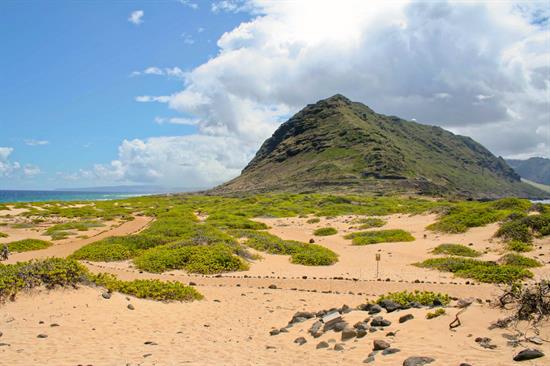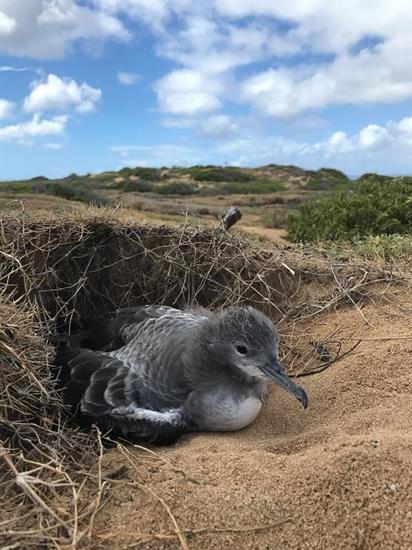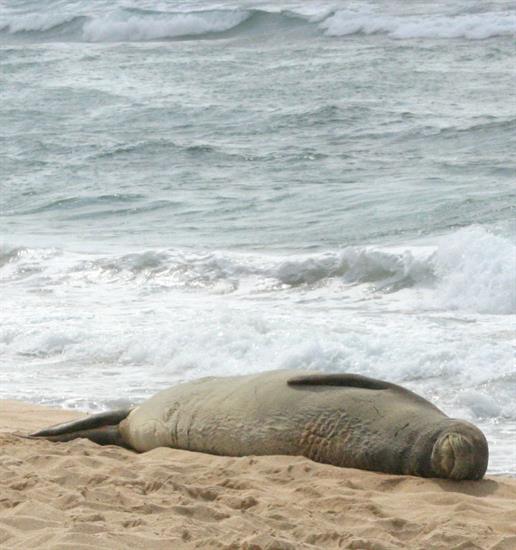(Honolulu, HI) – Rep. Ed Case (HI-01), and Rep. Tulsi Gabbard (HI-02) jointly introduced H.R. 6603, a measure in the U.S. House of Representatives to study the potential designation of the Ka‘ena Point coastline wrapping around O‘ahu’s westernmost location as Hawaii’s first National Heritage Area.
National Heritage Areas are locations throughout our country designated by Congress to recognize unique cultural and historic sites found nowhere else in the world. Though not part of the National Park System or otherwise federally owned or managed, the U.S. government through the National Park Service, funds and participates in partnerships with state and local governments and communities to foster coordinated conservation, recreation, education and preservation efforts. From designation of the first National Heritage Area in 1984, there are now 55 nationally, but none in Hawaiʻi.
“Kaʻena Point, largely state-owned, is the perfect candidate for Hawaii’s first National Heritage Area given its truly unique cultural, historic and environmental heritage and qualities”, said Rep. Case. “The State of Hawaii’s Department of Land and Natural Resources (DLNR) has already created a management plan for the Ka‘ena Point Stewardship Area to protect one of the last few remaining and easily accessible wilderness areas on O‘ahu.”
“However, DLNR does not have the resources to fully implement the plan” continued Rep. Case. “Creating a National Heritage Area could bring significant federal dollars – with a state or local match – to help augment this plan and develop cultural programs, protect historic sites and improve natural resource conservation. It would also build on already-existing public-private partnerships which is specifically what our National Heritage Areas aim to create and sustain.”
“In addition to its natural beauty, Kaʻena is a wahi pana (significant site), a rare cultural landscape with deep significance and meaning to many people,” said Rep. Gabbard. “We must work with the community to study the potential for a historic National Heritage Area designation that will help bring the federal resources and protection we need to mālama this special place for generations to come.”
Remote Kaʻena Point is the site of the last intact sand dune ecosystem in Hawaiʻi and is said to be named after a sibling of the Hawaiian goddess Pele. Kaʻena Point also includes a leina ka ‘uhane, an important recognized cultural site that, according to some Hawaiian traditions, is where the souls of the deceased leapt into the next plane of existence. Ka‘ena is also home to various protected species including laysan albatrosses, wedge-tailed shearwaters, monk seals and fragile native plants. Migrating whales can also be seen in the area during the winter months
“We are thrilled at the prospect of adding Ka‘ena Point as a National Heritage Area,” said Suzanne Case, Chair of the Hawai‘i Department of Land and Natural Resources. “Ka‘ena Point receives hundreds of visitors weekly to both the state park and the Natural Area Reserve. Additional federal funding would allow us to enhance the visitor experience, expand community and cultural engagement and refine our natural resource management.”
For years, Ka‘ena Point has suffered degradation and damage from erosion, invasive species and off-road vehicle and other damaging recreational use that destroyed vegetation, which made it unsuitable for nesting birds.
After the State established the region as a Natural Area Reserve in 1983, vehicular access to most of the area was blocked. The region can still be accessed via hiking trails, but those who come to the area must abide by strict conditions which has allowed nesting birds to return to the area.
Rep. Case, a member of the House Committee on Natural Resources to which this bill is referred, has been reviewing our federal preservation and protection laws and areas to determine where Hawaiʻi is underrepresented.
Reps. Case and Gabbard consulted with government and community groups in considering whether and which sites should be considered for National Heritage Area designation.
###
Attachments: Pictures of Ka‘ena Point courtesy of Lindsay Young



